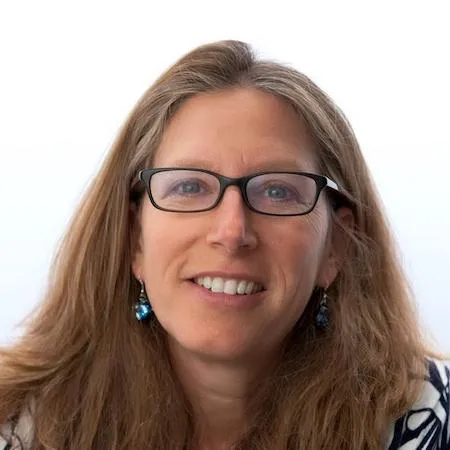In this lecture, Dr. Whendee Silver provides specific examples of how to conceptualize and measure complex changes in ecosystems. She notes that ecosystem function will be defined by the availability of the most limiting resource, and that over time, the limiting resource will change. She presents several examples of ecosystem properties or components that play a different limiting role depending on the spatial and temporal context. She then discusses the data challenges and opportunities associated with combining simulated models with field assessments and notes the potential scale mismatch between these data and analyses. She also reflects on the contributions that can be made by ecosystem ecology to questions of environmental restoration and conservation and highlights that ecosystem ecology can help answer questions of how and why a current ecosystem functions as it does.
-
About the Presenters
Image

Whendee Silver
Dr. Whendee Silver is the Rudy Grah Chair and Professor of Ecosystem Ecology and Biogeochemistry in the Department of Environmental Science, Policy, and Management at the University of California, Berkeley. She received her PhD in Ecosystem Ecology from Yale University. Her work seeks to determine the biogeochemical effects of climate change and human impacts on the environment, and the potential for mitigating these effects. The Silver Lab is currently working on drought and hurricane impacts on tropical forests, climate change mitigation potential of grasslands, and greenhouse gas dynamics...
Image
Whendee Silver
Dr. Whendee Silver is the Rudy Grah Chair and Professor of Ecosystem Ecology and Biogeochemistry in the Department of Environmental Science, Policy, and Management at the University of California, Berkeley. She received her PhD in Ecosystem Ecology from Yale University. Her work seeks to determine the biogeochemical effects of climate change and human impacts on the environment, and the potential for mitigating these effects. The Silver Lab is currently working on drought and hurricane impacts on tropical forests, climate change mitigation potential of grasslands, and greenhouse gas dynamics of peatlands and wetlands. Whendee is the lead scientist of the Marin Carbon Project, which is determining the potential for land-based climate change mitigation, particularly by composting high-emission organic waste for soil amendments to sequester atmospheric carbon dioxide. The Silver Lab was awarded the Innovation Prize by the American Carbon Registry (2015) for this work. Professor Silver is a fellow of the American Geophysical Union, the Ecological Society of America, and is a Kavli Fronteirs of Science Fellow.
-
Supporting Materials
Reading list:
Richter, D.D. and Sharon A. Billings. “‘One physical system’: Tansley’s ecosystem as Earth’s critical zone.” New Phytologist, 206(3) (March 2015): 900–912. https://nph.onlinelibrary.wiley.com/doi/full/10.1111/nph.13338
McGuire, Chad, A Case Study of Carbon Sequestration Potential of Land Use Policies Favoring Re-Growth and Long-Term Protection of Temperate Forests (March 3, 2010). A Case Study of Carbon Sequestration Potential of Land Use Policies Favoring Re-growth and Long-term Protection of Temperate Forests. Journal of Sustainable Development, 3(1), 11-16. doi/10.5539/jsd.v3n1p11 , Available at SSRN: https://ssrn.com/abstract=2958230
Presentation slides:
Document